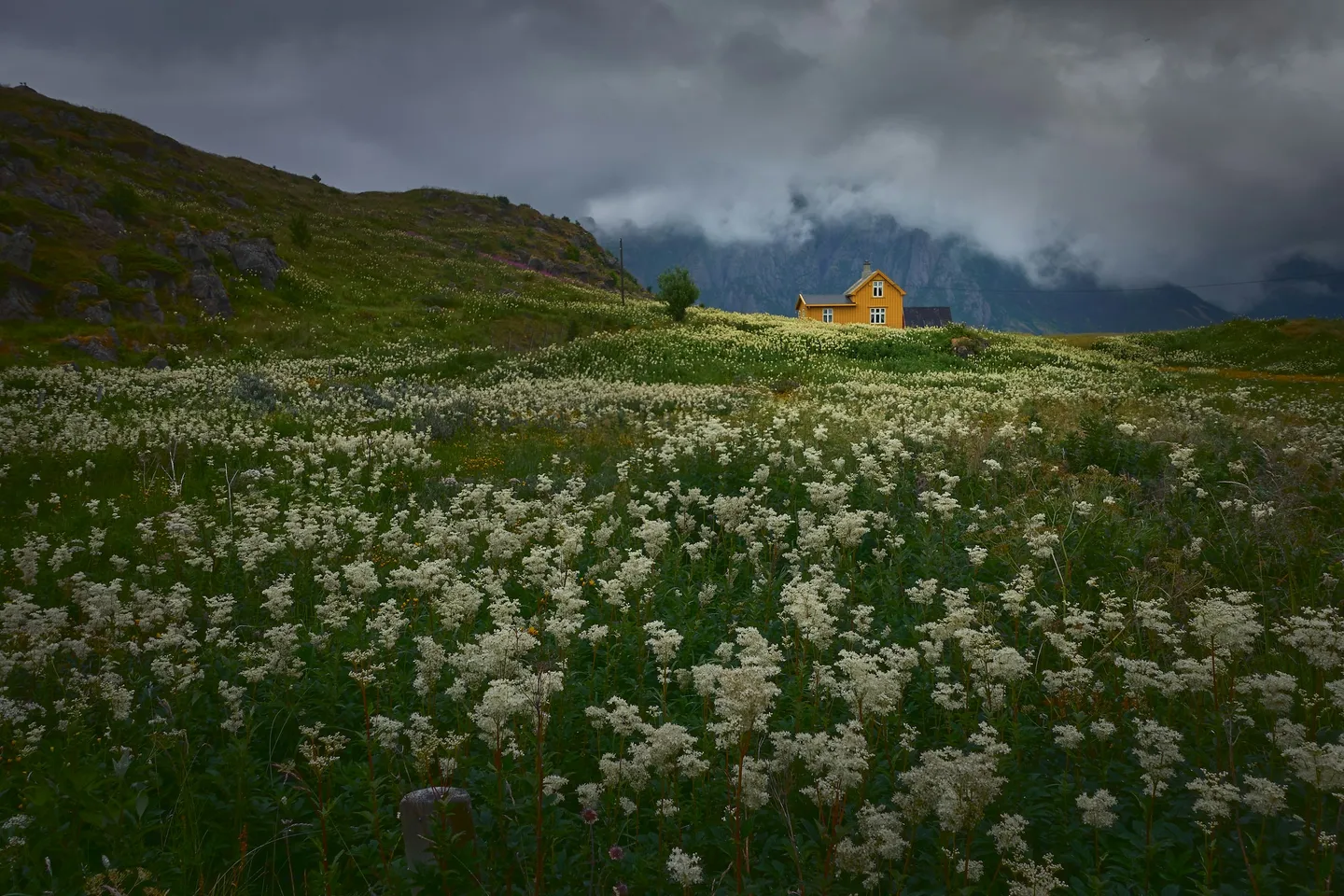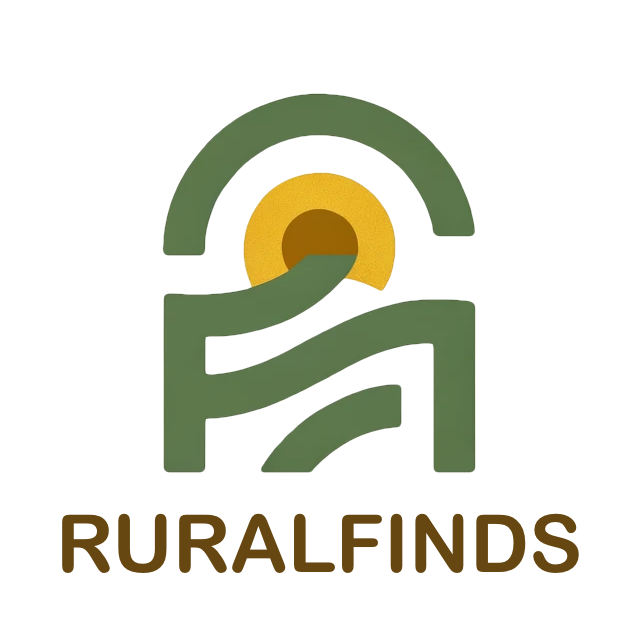Rural Living Cost Analysis: Tracking True Expenses and Savings

Photo by Vidar Nordli-Mathisen on Unsplash
The economics of rural living defy simple calculations. While property prices initially attract urban dwellers seeking affordability, the complete financial picture reveals a more complex reality. Research from Rural Sociology journal demonstrates that rural households face 25-50% higher expenses than urban counterparts during their first years, despite lower housing costs. This translates to $4,500-$8,000 in additional annual spending, primarily driven by infrastructure development, equipment purchases, and maintenance requirements that urban residents never encounter.
Since 2020, the rural property market has undergone fundamental transformation. Harvard’s Joint Center for Housing Studies documented a 36% surge in rural property values compared to 21% urban growth, effectively eroding the traditional cost advantage while infrastructure expenses continue climbing. Understanding these financial dynamics becomes essential for anyone contemplating rural relocation.
Land Acquisition and Infrastructure Development
Rural land prices demonstrate remarkable geographic variation. USDA data shows farmland averaging $4,170 per acre nationally, but regional differences create distinct opportunities. Mountain states offer entry points at $1,600 per acre, while Corn Belt agricultural land commands $12,400 or more. The most affordable opportunities exist in Arizona at $4,200 per acre, New Mexico at $6,000, and Wyoming at just $1,558 per acre.
Infrastructure development often catches new rural residents unprepared. HomeGuide’s 2025 analysis reveals utility connections averaging $9,000-$34,500, though remote properties can face electrical service costs exceeding $100,000. Well drilling runs $25-$65 per foot, with typical residential wells requiring 100-300 feet of depth. This creates total costs between $5,000 and $15,000 before water treatment systems. Septic installations range from $3,500 for conventional gravity-fed systems to $20,000 for advanced aerobic treatment units required in areas with poor soil percolation.
Off-grid alternatives demand substantial capital but eliminate monthly utility expenses. Complete solar installations cost $15,000-$100,000 depending on energy requirements, with battery storage adding another $8,000-$16,000. EnergySage reports that the federal 30% solar tax credit expires December 31, 2025, creating urgency for those planning installations. Rural residents can save $9,000 or more by acting before this deadline.
Transportation: The Persistent Budget Drain
Distance defines rural transportation economics. Analysis from Midstory shows rural families driving 25,000 miles annually compared to 15,000 for urban households, resulting in $2,470 higher annual fuel costs. Transportation expenses consume 17% more of rural household budgets, totaling $8,000-$12,000 annually for all vehicle-related costs.
Vehicle selection in rural areas involves different priorities than urban environments. Four-wheel or all-wheel drive capability becomes essential for navigating unpaved roads and weather conditions. Suitable used vehicles cost $15,000-$30,000, while new options range from $35,000-$70,000. Paradoxically, rural insurance rates run 20-30% lower than urban areas due to reduced traffic density and crime rates, partially offsetting higher purchase and fuel costs.
Maintenance expenses accumulate differently in rural settings. Gravel roads accelerate tire wear by 25-40%, suspension components require frequent replacement, and undercarriage protection becomes necessary. These conditions add $200-$800 annually to vehicle maintenance budgets. Private road maintenance creates additional shared expenses, with costs of $500-$3,000 per mile split among residents. Snow removal services charge $100-$500 per event, or $1,500-$4,000 for seasonal contracts, adding another $1,000-$3,000 annually per household for infrastructure upkeep.
Healthcare Access and Insurance Disparities
Rural healthcare economics involve both higher costs and reduced access. Stateline’s 2025 analysis reveals rural health insurance premiums averaging $760 higher annually—a 28% increase over urban rates. This disparity reflects limited provider networks and extended travel distances for care.
Concordia University research documents that rural counties maintain 39% higher patient burdens per primary care physician. Some states face severe shortages, with North Dakota requiring 642 additional rural physicians to match urban access levels. Pharmacy closures create additional challenges, affecting 20% of elderly rural residents and 17.6% of disabled populations who lose local prescription access.
Property insurance presents another financial challenge. Rural properties cost 20-30% more to insure due to extended emergency response times and distance from fire stations. Bankrate data shows national homeowner insurance averaging $2,408 annually, but rural states like Kansas reach $4,402—nearly double the national rate. Standard policies prove inadequate for rural properties, requiring specialized coverage for wells, septic systems, outbuildings, and livestock liability.
Ongoing Maintenance and Hidden Expenses
Rural properties generate maintenance costs that urban dwellers rarely consider. Well pump systems require $8-24 monthly for basic supplies, with complete pump replacements every 8-15 years costing $800-$2,500. Water quality testing runs $100-$400 annually for comprehensive analysis, essential for properties without municipal water treatment.
Septic maintenance creates predictable but substantial expenses. Systems require pumping every 3-5 years at $250-$600 per service, plus annual maintenance contracts of $250-$500. When failures occur, replacement costs range from $3,609-$12,412, making emergency funds essential for rural property owners.
Power reliability necessitates backup systems in many rural areas. Whole-house generators cost $5,171-$15,000 installed, with annual maintenance contracts adding $200-$650. During extended outages, operating costs reach $30-$170 daily for fuel, transforming weather events into expensive propositions.
Pest control services in rural areas cost 25-50% more than urban equivalents due to travel time and limited availability. Annual contracts range $300-$900, with specialized wildlife control adding significant costs when needed. These accumulated expenses require rural properties to budget an additional $2,000-$5,000 annually beyond standard homeownership costs.
Long-term Savings and Income Opportunities
Despite higher initial expenses, rural living offers substantial long-term financial advantages through strategic planning. National Debt Relief’s analysis confirms rural housing costs average 30% less than urban equivalents, with median rural homes at $151,300 versus $190,900 urban. Rural homeownership rates reach 81.1% compared to 59.8% urban, with 44% of rural homes owned free and clear.
Agricultural tax exemptions provide significant savings for qualifying properties. These exemptions reduce property taxes by $1,000-$5,000 annually, though requirements vary considerably by state. Some jurisdictions require minimal agricultural activity, while others demand specific acreage or income thresholds.
Self-sufficiency creates meaningful cost reductions beyond tax benefits. Research demonstrates that 85% of family food needs can be produced on just 1/4 acre, with potential for $10,000 annual cash income from surplus production. Well water eliminates monthly water bills averaging $50-100 for urban households. Solar systems provide 6-10 year payback periods followed by 15-20 years of essentially free electricity.
The growing agritourism market presents additional income opportunities. The global market reached $8.10 billion in 2024 with projections of $15.78 billion by 2030. US agricultural revenues from agritourism totaled $1.26 billion in 2022, with 23% of operations earning $25,000 or more annually.
Geographic and Climate Cost Variations
Location profoundly impacts rural living expenses beyond land prices. Mountain and Western states offer the lowest acquisition costs and excellent renewable energy potential, while maintaining reasonable access to urban centers. The Southeast provides moderate costs with favorable growing conditions for self-sufficiency goals. Corn Belt and Pacific regions command premium prices but offer superior agricultural productivity.
Climate creates predictable expense patterns that shape annual budgets. Cold climates increase heating costs significantly—rural households spend 4.4% of income on energy compared to 3.3% nationally. Hot climates stress cooling systems and accelerate equipment deterioration. Coastal areas face salt corrosion and storm preparation expenses, while mountain regions deal with seasonal accessibility challenges requiring specialized equipment and planning.
Post-pandemic market dynamics have permanently altered rural economics. Remote work adoption drove unprecedented demand, with states like Kansas experiencing 9% annual price increases—nearly 50% above national averages. This trend shows little sign of reversing as hybrid work arrangements become permanent fixtures of professional life.
Financial Planning Strategies for Rural Success
Effective rural financial planning requires different approaches than urban budgeting. Seasonal variations create quarterly expense fluctuations demanding advance preparation. Spring brings equipment maintenance and property improvements. Summer requires cooling costs and harvest expenses. Fall involves heating preparation and winter supply stockpiling. Winter elevates utility costs and emergency readiness expenses.
Frugalwoods’ detailed analysis of Vermont rural living revealed annual costs $4,524 higher than urban equivalents, despite $7,022 lower housing expenses. Higher grocery costs added $2,360 annually, while first-year equipment purchases totaled approximately $20,000 for essential items including tractors, chainsaws, generators, and seasonal tools.
Emergency funds require expansion for rural residents. Financial advisors recommend 6-9 months of expenses compared to 3-6 months for urban dwellers. Off-grid residents should maintain 12 months of reserves due to system vulnerabilities and extended repair timelines. These larger emergency funds reflect greater exposure to weather events, equipment failures, and service availability limitations.
Available Resources and Support Programs
USDA Rural Development programs provide substantial assistance for property development. Section 502 Guaranteed Loans offer 100% financing with no down payment for eligible rural homebuyers. The Rural Energy for America Program provides grants covering up to 25% of renewable energy system costs, while Value-Added Producer Grants offer up to $250,000 for agricultural producers developing new markets.
Agricultural extension services deliver specialized financial education including enterprise budgeting, risk management, and market analysis. These programs help rural residents understand seasonal income fluctuations and develop appropriate financial strategies tailored to agricultural cycles and rural economic patterns.
Technology selection becomes critical for tracking rural expenses effectively. YNAB at $109 annually excels at managing seasonal income variations, while Monarch Money at $99 yearly provides comprehensive household tracking. Free alternatives include Vertex42 Excel templates specifically designed for agricultural applications.
Investment Returns and Decision Analysis
Solar energy provides the clearest return calculations for rural properties. Current systems cost $15,000-$30,000 after federal tax credits, generating annual utility savings of $1,200-$2,400. This creates 8-12 year payback periods, with total savings of $20,000-$40,000 over 25-year system lifespans. EnergySage calculations show payback periods of just 6.2 years in states with high electricity costs and strong solar incentives.
Wood heating systems offer immediate returns in cold climates. Equipment costs of $2,500-$3,000 generate annual heating oil savings of $2,000-$3,000, creating 1-2 year payback periods. Over 10 years, savings exceed $15,000 while providing energy independence and reliability during power outages.
Agricultural improvements offer variable returns depending on scale and market conditions. Small-scale vegetable production can reduce grocery expenses by $2,000-$4,000 annually with minimal investment. Larger operations require careful market analysis but can generate substantial income streams supplementing or replacing traditional employment.
Navigating the Rural Financial Transition
Rural living in 2025 demands sophisticated financial planning beyond simple cost comparisons. Initial expenses often exceed urban equivalents by $4,500-$8,000 annually, with first-year development costs reaching $50,000-$150,000 for complete property preparation. However, strategic investments in energy independence, self-sufficiency infrastructure, and appropriate property selection create substantial long-term advantages.
The key insight involves recognizing that lower monthly housing payments mask higher infrastructure, transportation, and equipment expenses during early years. Success requires adequate emergency reserves, realistic budgeting acknowledging seasonal variations, and leveraging available government programs and tax advantages.
Those approaching rural life with thorough preparation, sufficient capital reserves, and clear understanding of both costs and opportunities can achieve lifestyle benefits while building stronger financial foundations than urban alternatives provide. The transition demands significant upfront investment and ongoing attention to expenses urban dwellers never consider. Yet the combination of lower housing costs, tax benefits, self-sufficiency opportunities, and energy independence creates lasting financial advantages for well-prepared rural residents willing to embrace both the challenges and rewards of country living.
